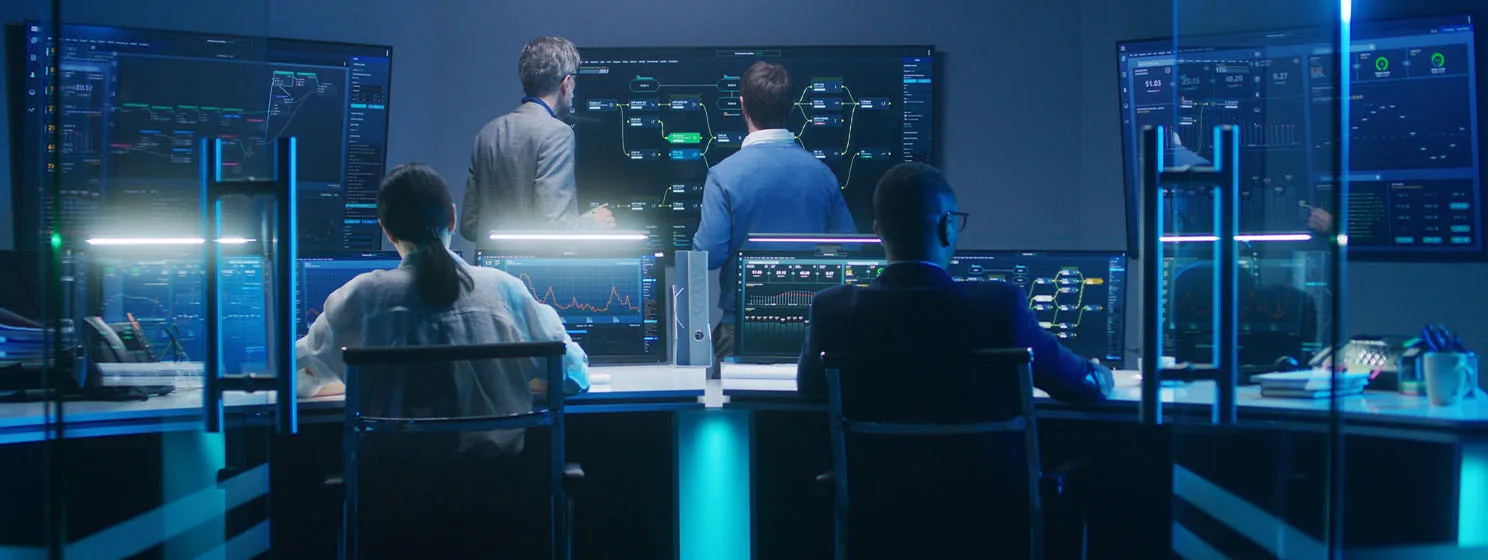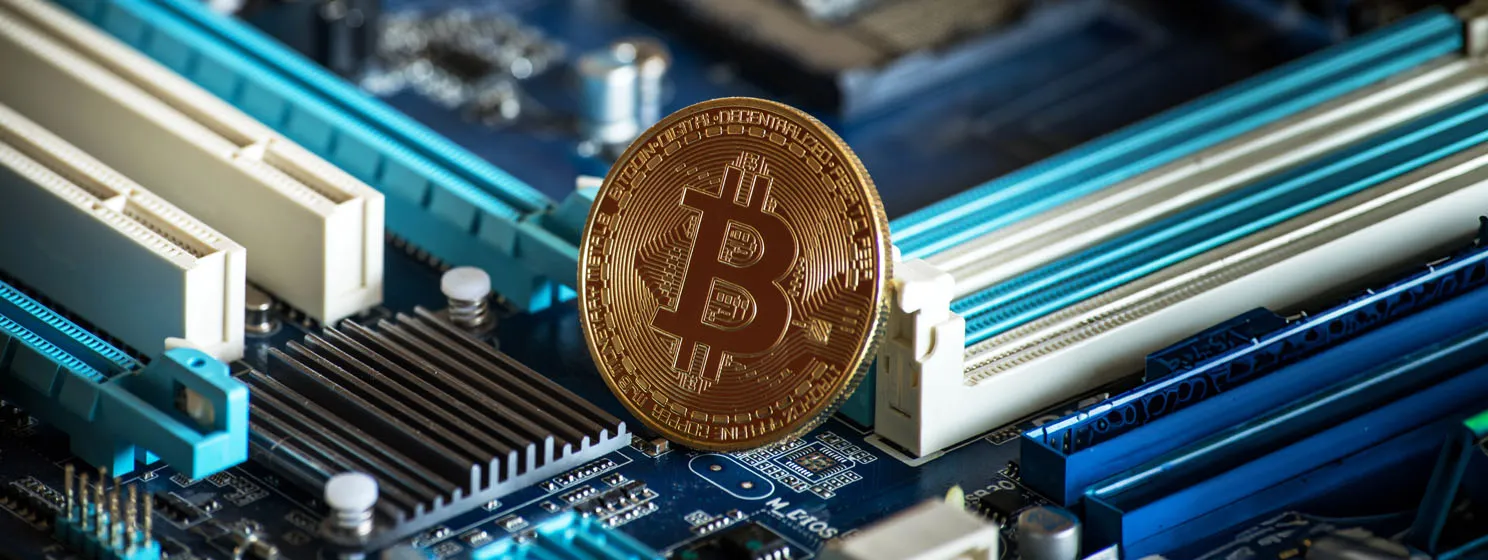|
Getting your Trinity Audio player ready...
|
This post is a guest contribution by George Siosi Samuels, managing director at Faiā. See how Faiā is committed to staying at the forefront of technological advancements here.
Most enterprise blockchain initiatives stall—not for lack of technology, but because the operational glue is missing.
The rise of artificial intelligence (AI) workflow agents has changed that. We’re entering a new phase of intelligent automation, where autonomous agents don’t just execute pre-defined steps—they make decisions, trigger smart contracts, coordinate across departments, and adapt to shifting data in real-time. And when paired with blockchain, they don’t just act—they account for their actions in provable ways.
This convergence has massive implications for professionals working at the edge of enterprise systems.
From automation to intelligence
Traditional automation tools like Zapier helped companies stitch apps together. But they’re brittle in dynamic environments. In contrast, newer AI-native platforms like Relay.app and n8n are ushering in agentic workflows—systems where AI agents take initiative, share memory, and interact with humans or other agents in the loop.
These move beyond general automation and into adaptive operations.
In this new model:
- Relay.app enables collaborative workflows where humans and AI share tasks contextually.
- n8n.io, being open-source and dev-friendly, serves as a playground for custom agent orchestration, especially in complex systems.
- Zapier, while still widely used, is showing its age in this AI-native landscape.
The key shift? These tools aren’t just executing—they’re interpreting, responding, and evolving.
Why this matters for enterprise blockchain
Blockchain systems have always offered trust through transparency. But they’ve lacked one thing: intelligent orchestration. AI agents bring the missing layer of cognition and adaptability.
Here’s where it gets interesting:
1. On-chain auditable automation – AI agents can make decisions off-chain and log their reasoning or outcomes on-chain for auditability. Think: compliance, version control, or proof of action for regulated industries.
2. Autonomous contract orchestration – Instead of humans triggering smart contracts manually, agents can monitor signals (internal or external) and autonomously execute, adjust, or escalate smart contract interactions.
3. Cross-org agent networks – Using blockchain as a trust fabric, AI agents can interact across companies or departments while maintaining verifiable records of their tasks, logic, and results.
Projects like AgentLayer are already pioneering decentralized registries for agents. Others, like Halliday, are focused on agent safety and control in blockchain environments. The infrastructure is coming into place.
The real opportunity: Stack as strategy
Using CStack, we help companies analyze and optimize their tool stacks—not just for features, but for cultural and operational fit. What’s becoming clear is that agent configuration is becoming a strategic decision, not just a technical one.
Different teams will set up AI agents based on their:- Risk tolerance
- Workflow complexity
- Degree of decentralization
- Cultural trust models
These differences will shape how agents behave—and how well they’re adopted. This is where AI meets anthropology. And it’s where most blockchain projects fail today: poor fit between technology and organizational reality.
For consultants: This is your wedge
If you’re an enterprise consultant in AI or blockchain, this is the moment to:
- Guide AI stack alignment: Help clients choose the right agent tools based on team dynamics, not just price or features.
- Translate complexity: Bridge the language of engineers and executives, ensuring AI workflows and blockchain infrastructure make business sense.
- Monitor drift: Track how tool choices evolve over time and where misalignments are creating silent inefficiencies.
Agentic workflows are not just another trend—they’re a structural shift in how work gets done. And when coupled with blockchain, they allow us to scale trust, intelligence, and action simultaneously.
Final thought
We’ve spent years building systems that are secure but static. AI agents give those systems breath. Blockchain gives them backbone. Together, they offer dynamic trust—and that’s the infrastructure the enterprise actually needs next.
George Samuels is Managing Director of Faiā and founder of CStack.ai, a stack intelligence platform for tool and culture alignment. He helps enterprise leaders and micropreneurs navigate the shifts between community, culture, and technology.
In order for artificial intelligence (AI) to work right within the law and thrive in the face of growing challenges, it needs to integrate an enterprise blockchain system that ensures data input quality and ownership—allowing it to keep data safe while also guaranteeing the immutability of data. Check out CoinGeek’s coverage on this emerging tech to learn more why Enterprise blockchain will be the backbone of AI.
Watch: Understanding the dynamics of blockchain & AI

 09-01-2025
09-01-2025 





